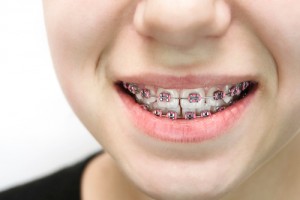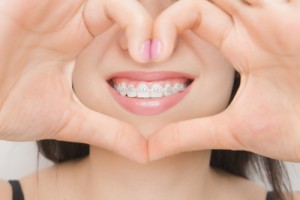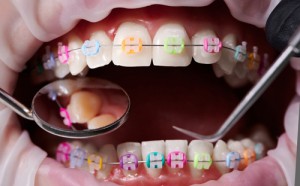- (215) 665 1845 Philadelphia PA
Contact the DoctorsThank you.Your message was successfully sent. We will get back to you as soon as possible. News
 January 28th 2023 The Role Elastics Play in Your Braces
The Purpose of ElasticsOrthodontic elastics can be used in multiple ways to shift teeth and address a patient’s bite and misalignment. Before and after photos of orthodontic patients are stunning to see just how much of a difference their efforts make. Some of the ways ortho elastics are used include the following:
Characteristics of Rubber Bands in OrthodonticsRubber bands can be difficult to wear and may break easily, which means the patient will have to reapply their rubber bands from top to bottom from time to time. Knowing the purpose of these elements and how they work can make it a little easier to tolerate their presence.
The Smallest ElasticsThe archwire that runs through your brackets attached to the surface of your teeth is changed at every checkup at the orthodontist. The length, thickness, and force of the archwire will vary depending on where the patient is during treatment, how well their teeth are moving, and what malocclusions are being corrected. Elastics go over the archwire and patients get the pleasure of selecting the color or colors they want at every visit. This element is fun to look forward to and gives the wearer an opportunity to express their personality in a new way, especially for tweens and teens who feel like braces make them look like everyone else (this could be good or bad, depending on the adolescent). Ready to learn more about braces and elastics? Schedule a consultation with Drs. Roberts & de Marsche at Philadelphia Orthodontists in Center City. Roberts & de Marsche OrthodonticsWilliam W. Roberts III, D.M.D & Tanja J. de Marsche, D.M.D |
















 Those tiny little bands that are wrapped around your
Those tiny little bands that are wrapped around your